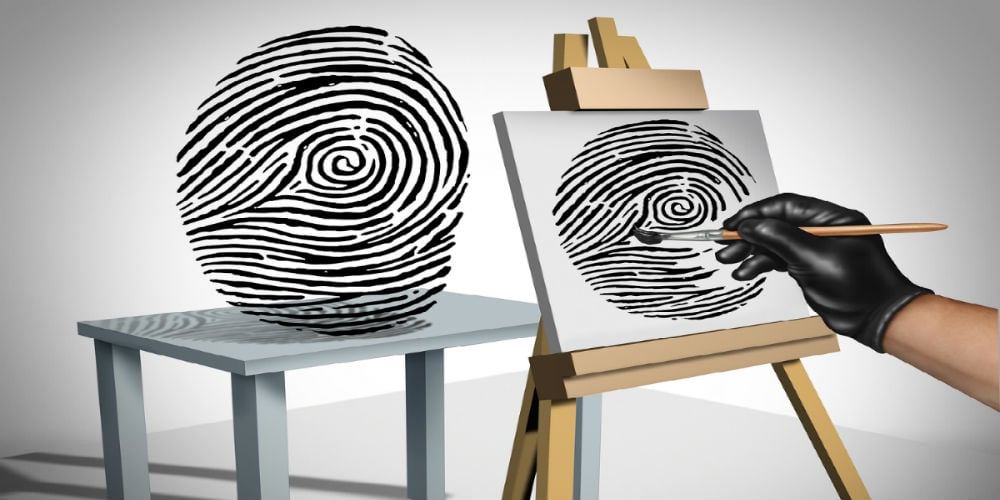What your credit union needs to know about synthetic ID fraud

While credit union leaders are ever vigilant of the latest in fraud activity to keep their institutions safe, synthetic identity fraud is an area that’s tricky for many to detect. It helps fraudsters navigate through most credit unions’ initial identification checks. Not only can credit unions get caught up in the scam by issuing credit cards, for example, but so can many other businesses that end up accepting those credit cards.
Synthetic identity theft involves the use of real documents, like utility bills, but some or all the documents are based on false information. A true synthetic identity is created with completely fictitious elements, but it appears real and will pass the first line of traditional identity checks. For example, a fraudster may order utility services to a vacant lot. They can use the invoice for this service as proof of residence, thus passing an initial check performed by many credit unions.
Synthetic ID fraud typically falls into one of three categories: employment, credit repair, and nefarious.
- Work or employment synthetic identity fraud is used to avoid being disqualified from jobs that require citizenship, residency, or no criminal record, and jobs that require good credit ratings in order to access consumers’ personal data or information. These typically are not conducted by a single individual, but more likely an organized group that establishes and sells the identity credentials.
continue reading »




